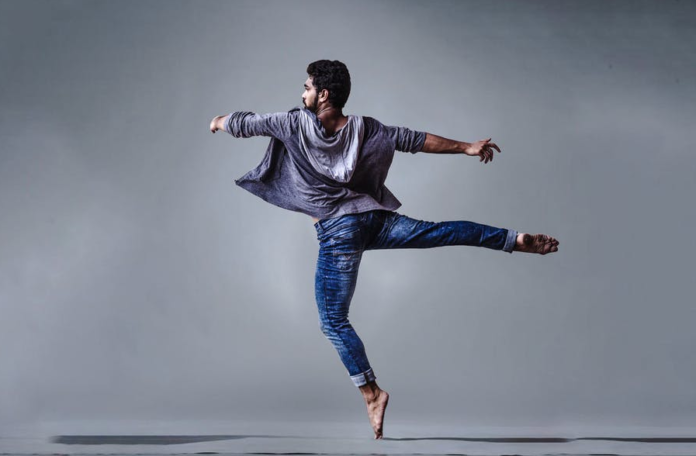“There are shortcuts to happiness, and dancing is one of them.” This isn’t just a Vicki Baum quote but a fact. Dancing releases endorphins that make you feel happy!
It doesn’t matter what type of dancing you do, but perhaps you might challenge yourself to learn modern contemporary dance. Is there such a thing? This is a common term used by the layman but it’s important to note that there’s modern dance and there’s contemporary dance and the two aren’t the same thing.
What’s the difference between modern vs contemporary dance? Modern dance may have been contemporary at one point, but contemporary dance has always been modern. Clear as mud, right? Let’s take a closer look at the key differences below.
What Is Modern Dance?
Modern dance is a highly emotive style of dance that goes against the classical ballet technique’s rigid structure. Modern dance, rather than focusing on following a set of predetermined postures or technical positions, centers on expression. It is characterized by a unique style and flexibility.
Modern dance, like all contemporary dance styles, has been influenced by other forms of dance. Modern dance choreography, however, may call for considerably more core and strength work than classical ballet.
What Is Contemporary Dance?
Contemporary dance technique is a form of emotive dance that incorporates elements of both modern and postmodern dance. It, unlike other types of dance, is not limited by many restrictions and regulations. This kind of dancing allows performers to choose their own styles.
Ballet, for example, has a specific focus on fall and recovery as well as floor work and other creative elements.
Improvisation is one of the most essential aspects of contemporary dance. While some types of dance, such as ballet, may be quite rigid and arranged, contemporary dance necessitates flexibility and improvisational movement to produce a variety of feelings in the audience. It also allows the dancer complete creative license to create an emotive piece that relates to them.
To enhance mobility and contact with the dance surface, contemporary dancers frequently perform barefoot. Let’s take a look at the differences between each style.
Time Period
The first and most obvious difference is the time period each originated in. Modern dance was born in the late 1800s while contemporary dance emerged in the mid-1900s. So, modern dance has been around for significantly longer than contemporary dance. Some might even say it is no longer modern.
Pioneers
This leads us to our second difference: the pioneers of each style. Modern dance was founded by a handful of revolutionary dancers and choreographers including Isadora Duncan, Martha Graham, and Merce Cunningham. Contemporary dance, on the other hand, has no one definitive founder, though there are pioneers credited for popularizing this style of dance.
Aesthetic
The third key difference is the aesthetic of each style. Modern dance is often described as earthy, anguished, and sometimes erotic while contemporary dance is far more fluid in its form.
Characteristics
And finally, the movements characteristic of each style are quite different. Modern dance movements are linear and angular while contemporary dance is often more curved and organic.
Ready to learn dance? Taking private dance lessons will have you moving in no time and releasing endorphins no matter which style of dance you choose.
Modern vs Contemporary Dance: 4 Key Differences
Now that we’ve looked at the key differences between modern vs contemporary dance, which style interests you more? If you’re not sure, we recommend trying a bit of both. After all, variety is the spice of life!
If you enjoyed this article there’s lots more for you to explore in our health and wellness category.










